Step into the essential world of egress windows, your home’s silent guardians. These unique windows do more than let in light; they’re your escape route in a pinch and a beacon of safety for your family. We’re about to dive deep into what makes egress windows a must-have: from their core purpose and strict rules to the different styles you can choose from and tips for fitting them just right.
Table Of Content
- What Is An Egress Window?
- Beyond Escape: The Importance of Egress Windows
- Improved Ventilation and Natural Light
- Compliance with Building Codes
- Increased Property Value
- Ensuring Safety: Legal Requirements And Building Codes
- Choosing Your Escape: A Guide To Egress Window Varieties
- Installation Considerations For Egress Windows
- The Price Tag Of Egress Windows
- Final Thoughts
So, if you’re curious about how these windows keep you safe and add value to your home, you’re in the right place. Let’s get started on this enlightening journey together!
What Is An Egress Window?
An egress window is a critical escape route during emergencies such as fires or other hazardous situations. These windows are larger than standard ones, ensuring a clear and accessible escape route, which is crucial for the occupants’ safety.
They are mandatory in residential and commercial buildings, particularly in rooms where quick evacuation, such as basements and bedrooms, might be necessary.
Beyond Escape: The Importance of Egress Windows
The primary role of egress windows is to enhance safety by providing an alternative escape route when traditional exits are inaccessible. In addition to safety, these windows offer several other benefits:
Improved Ventilation and Natural Light:
With their larger dimensions, egress windows bring abundant natural light into basement spaces, transforming them from dark and potentially unwelcoming areas into bright and inviting living environments.
This influx of daylight can significantly improve the space’s ambiance and contribute to the mental and emotional well-being of the occupants. Moreover, opening these windows facilitates better air circulation, mitigating issues related to stale air and humidity and promoting a healthier indoor atmosphere.
Compliance with Building Codes:
Installing egress windows is not merely a safety measure but also a compliance requirement. Adhering to local building codes that mandate the presence of egress windows in living spaces, particularly basements, ensures that the home meets legal safety standards.
This compliance is crucial for the occupants’ safety and avoiding potential legal complications arising from non-compliance, such as fines or challenges in selling the property.
Increased Property Value:
Installing egress windows contributes to an increase in a home’s market value. Transforming basement spaces into officially recognized living areas boosts the house’s total usable square footage, enhancing its appeal to prospective purchasers.
This added functionality and the aesthetic appeal of well-designed egress windows can significantly affect the property’s valuation.
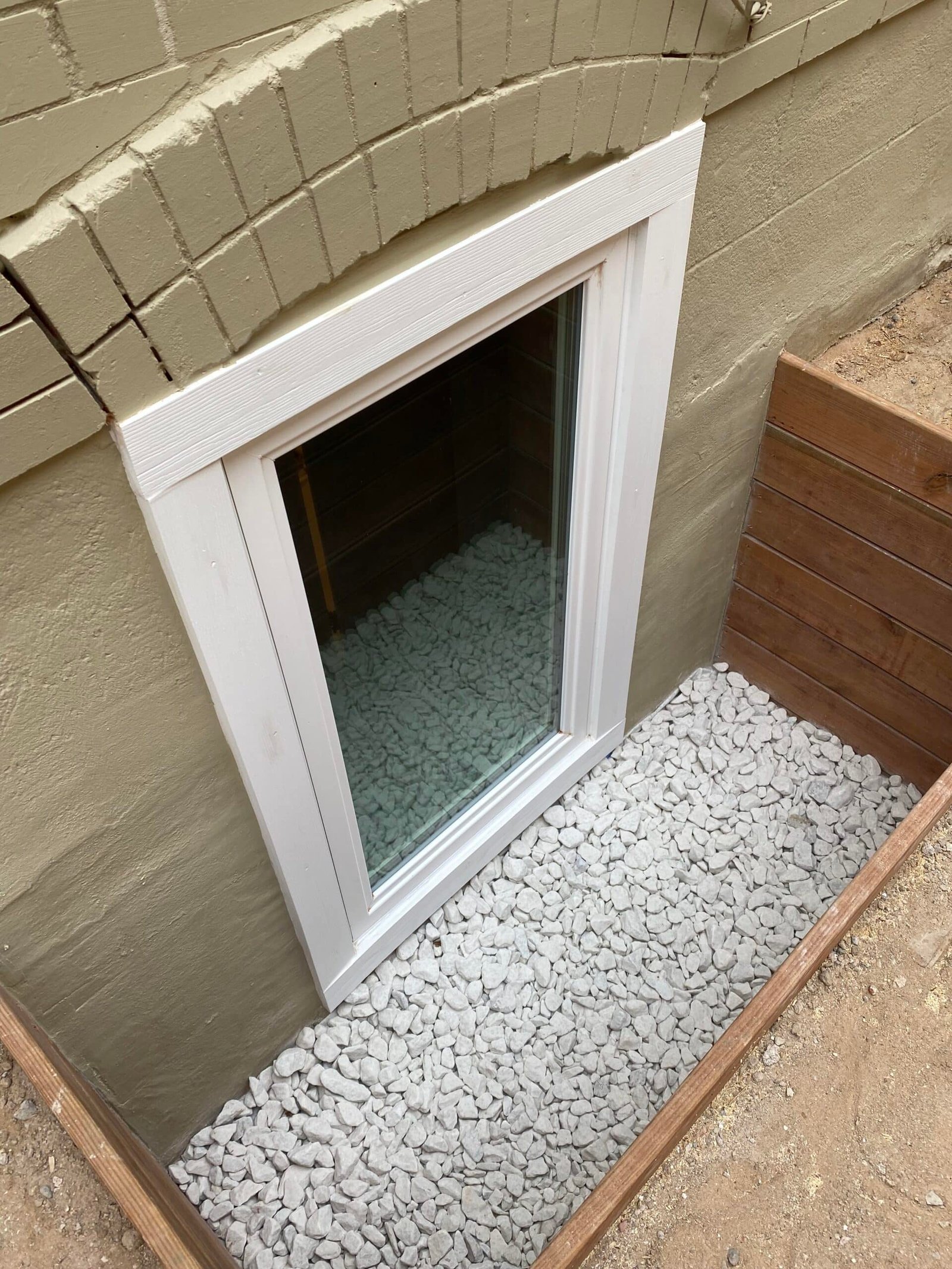
Ensuring Safety: Legal Requirements And Building Codes
Egress window requirements are essential for ensuring the safety and compliance of your home, especially in spaces intended for sleeping or living. These requirements, set by building codes, dictate the size and accessibility features an egress window must have to provide a safe exit during emergencies. Here’s what you need to know about egress window size requirements:
Minimum Size Specifications:
To qualify as an egress window, the opening must be large enough to allow safe egress and ingress for occupants and emergency personnel. The minimum opening width must be at least 20 inches, and the minimum opening height must be at least 24 inches. These dimensions ensure that the window provides a sufficiently large escape route.
Net Clear Opening Area:
The total net clear opening area is crucial beyond height and width. This area must be a minimum of 5.7 square feet for ground-level windows and can vary slightly based on local codes. This requirement ensures that the window opening is large enough to accommodate a person’s passage in an emergency.
Maximum Sill Height:
The maximum distance from the floor to the lower edge of an egress window’s opening should not exceed 44 inches. This height ensures that the window is easily reachable and usable by occupants, including children and adults, without excessive climbing or reaching.
Window Wells:
Window wells, such as basements, are often necessary for egress windows below ground level. These wells must provide adequate space for the window to open fully and for a person to exit. They must have a minimum horizontal projection and width of 36 inches from the exterior wall, ensuring enough room for maneuvering during an escape.
Ladder or Steps for Window Wells:
If a window well’s depth exceeds a particular measurement (commonly 44 inches), it must be equipped with a permanently affixed ladder or steps for easy egress. This feature is vital for deep wells, ensuring occupants can climb out easily.
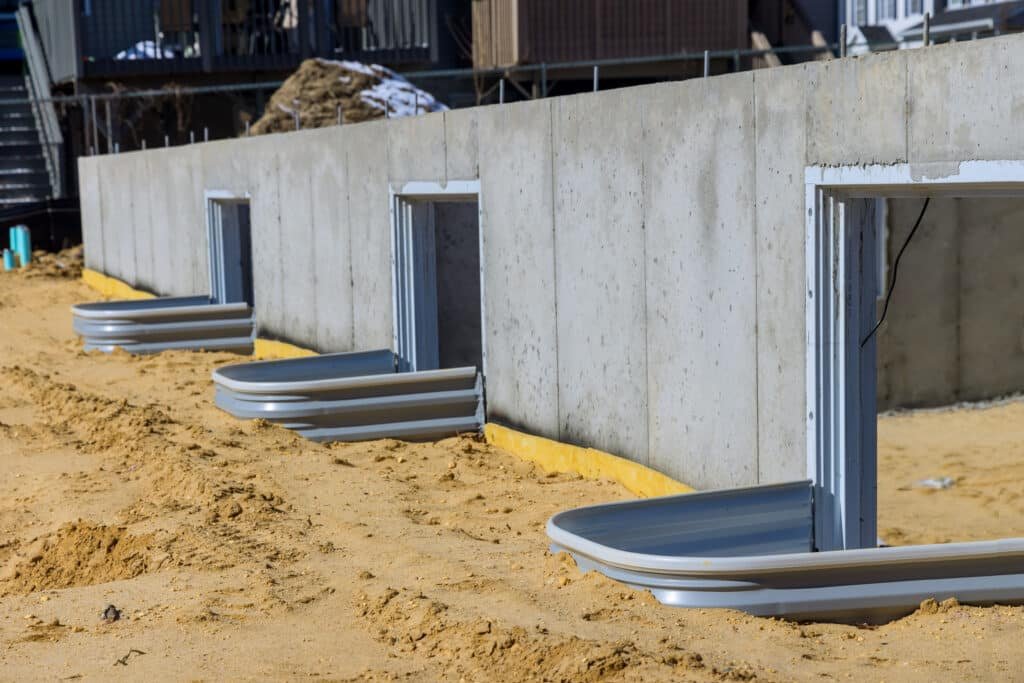
Choosing Your Escape: A Guide To Egress Window Varieties
Each type of egress window offers unique benefits, and the choice depends on factors like the location within the home, the available space, and local building codes. It’s essential to ensure that whichever type of window is chosen meets the size, accessibility, and operational requirements set forth by local regulations to serve as a viable emergency exit.
● Casement Windows: These windows are connected to their frames through one or more side-mounted hinges. They swing out to open, making them ideal for tight spaces. Their full opening capability allows for easy egress in case of an emergency.
● Sliding Windows: Also known as gliders, these windows open horizontally along a track. They are suitable for wider spaces and can meet egress requirements when designed with sufficient opening dimensions.
● Double-Hung Windows: Characterized by two sashes that move vertically, double-hung windows require a larger area to meet egress requirements due to the division of the window into two movable parts.
● Basement Egress Windows: These are designed for basement applications and are often installed with a window well to allow for an emergency exit from below-ground levels. The well must be large enough to accommodate safe egress and may require a built-in ladder.
● Awning Windows: Resembling casement windows with hinges positioned at the top, awning windows swing open from the bottom outwardly. While less common for egress purposes, they can be used where space and regulations allow.
● Skylight Egress Windows: In the roof, skylight windows can serve as egress points in attic or loft conversions. They must be easily accessible and large enough to meet egress requirements.
● Hopper Windows: These windows, attached at the lower end and tilt inward from above, serve as an alternative for basement egress. They must provide a clear opening that meets or exceeds egress size requirements.
●
Installation Considerations For Egress Windows
Installing egress windows requires careful planning and adherence to safety and building codes. Here are key considerations:
● Professional Installation: Hiring professionals experienced in egress window installation is advisable due to the precision required.
● Excavation and Window Wells: Basement installations might need excavation for window wells, adding complexity and cost.
● Building Permits: Ensure compliance with local codes by obtaining necessary permits before installation.
● Waterproofing: Ensuring adequate waterproofing is crucial to avoid water seepage, particularly for installations below the ground level.
● Window Wells: For basement windows, consider the construction of window wells with adequate dimensions and an egress method, like a ladder, if deep. Well, covers should prevent debris accumulation but be easily removable from the inside.
● Landscape and Aesthetics: Plan the placement and appearance of windows and wells to minimize impact on your home’s exterior and landscape.
● Maintenance: Routine upkeep is essential to keep both the windows and wells unobstructed and the windows functional.
●
The Price Tag Of Egress Windows
The financial commitment to installing egress windows can fluctuate significantly and is influenced by various elements, including window style, installation intricacies, and regional labor pricing. Homeowners generally anticipate expenditures ranging from $2,500 to $5,000 on average.
However, it’s essential to recognize that particular project specifications, such as the need for custom excavation or the installation of window wells, can elevate these costs. Furthermore, the selection of high-quality materials and adherence to local building codes can also impact the overall investment required for egress window installation.
Homeowners need to seek thorough instructions from expert installers to grasp all possible expenses associated with the installation entirely.
Final Thoughts:
Egress windows are an indispensable safety feature for any home, offering a vital escape route in emergencies and bringing additional benefits such as improved ventilation, natural light, and increased property value.
When considering the installation of egress windows, it’s crucial to understand the requirements, weigh the types and installation considerations, and ensure compliance with local building codes. By prioritizing safety and adhering to standards, egress windows can provide peace of mind and enhance the livability of your home.





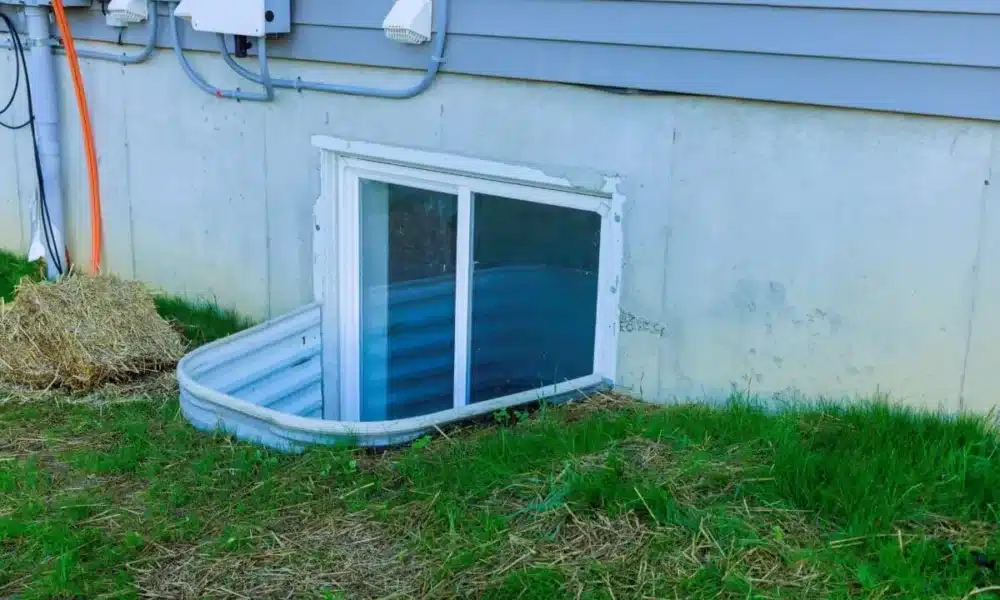


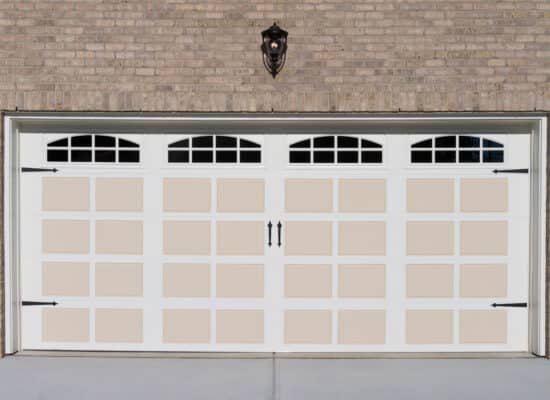
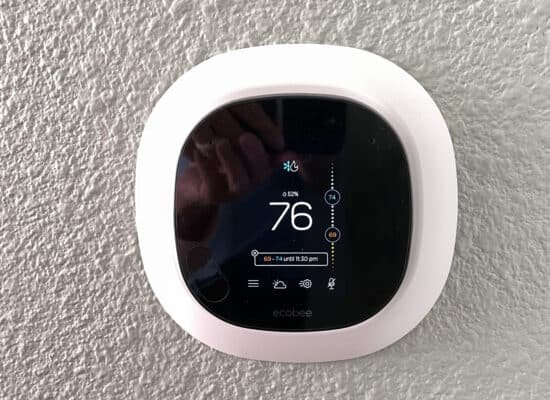

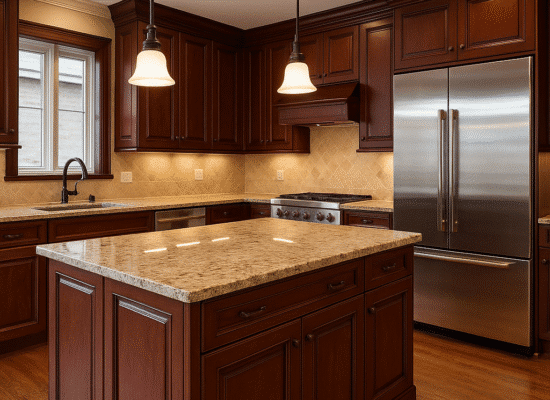

No Comment! Be the first one.